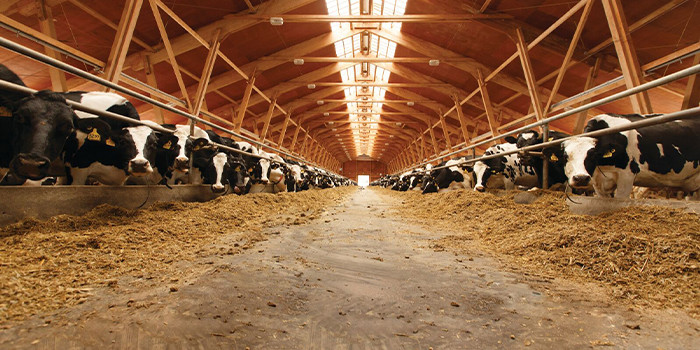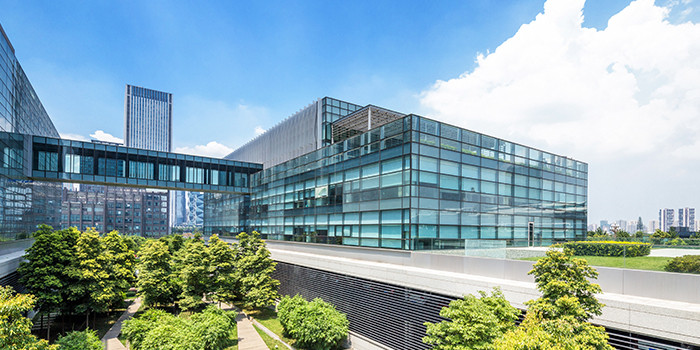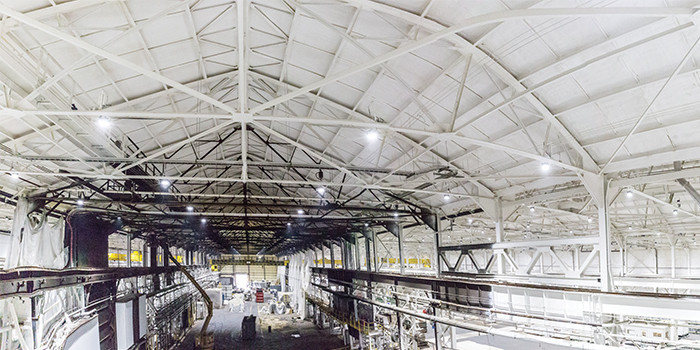Creating Comfort


Spray Foam Magazine – Fall Issue 2019 – Sometimes we are asked to spray unconditioned buildings, but is there really a benefit to use spray foam in these structures, such as a workshop, a storage facility, or an agricultural building that houses chickens or cows?
Obviously, in a conditioned building, when the space is heated in the winter or air conditioned in the summer, the use of spray foam will increase the energy impact and add to the potential energy savings.
In this situation, owners are paying a monthly energy bill to artificially create a comfortable environment inside the building, and they may be interested in saving money on that monthly energy bill. Therefore, many of the sales strategies in the spray foam industry revolve around energy savings, return on investment, and payback period.
But when you approach an unconditioned building, these traditional sales strategies have no value and do not work. So then why would a building owner pay for spray foam insulation in an unconditioned building?
You may be surprised to hear that energy savings and monetary savings is not the main reason that owners turn to spray foam. Instead, it is comfort for occupants or workers that causes owners to buy spray foam. They want the occupants to be comfortable in all types of buildings, including buildings that are not conditioned.
If it is 100°F outside, then the roof of the building can easily be 150°F or hotter. As the radiant heat from the roof heats up the air inside the building, the air temperature in the building will typically be somewhere between ambient temperature and the temperature of the roof deck. This could mean 110°F, 120°F or higher and can be very uncomfortable.
These elevated temperatures take a toll on workers, leading to less production and lower efficiency. In agricultural facilities, it could also mean lower output from farm animals, like chickens and cows.
By installing spray foam insulation on the inside of these unconditioned buildings, the spray foam acts as a radiant break by changing the temperature of the interior radiant surface from the exposed 150°F roof to the surface temperature of the spray foam insulation, which will typically be close to the temperature of the ambient air. By reducing the radiant load from the roof, the air in the building will typically be much lower and closer to ambient temperatures, which means more production, efficiency and output.
So, when you are talking to the building owners for these types of projects, remember, energy savings might not be a pertinent topic for their consideration. Rather, choose to discuss comfort for the occupants and the potential effects that comfort has on the occupants. These are more critical factors and are much more likely to help close these deals.
Direct any questions you have about statements made in this article to Robert Naini: 817-983-3544 robert@sprayfoamadvisor.com
*Spray Foam Magazine does not take editorial positions on particular issues; individual contributions to the magazine express the opinions of discrete authors unless explicitly labeled or otherwise stated. The inclusion of a particular piece in the magazine does not mean that individual staff members or editors concur with the editorial positions represented therein.
Disqus website name not provided.









































